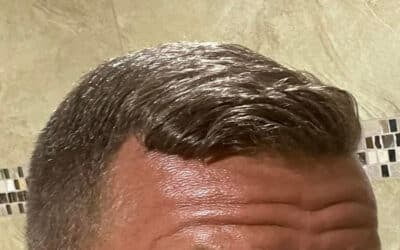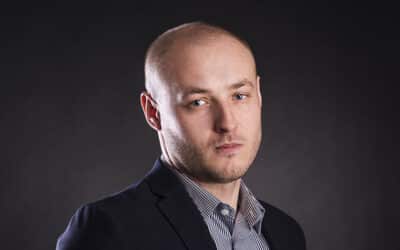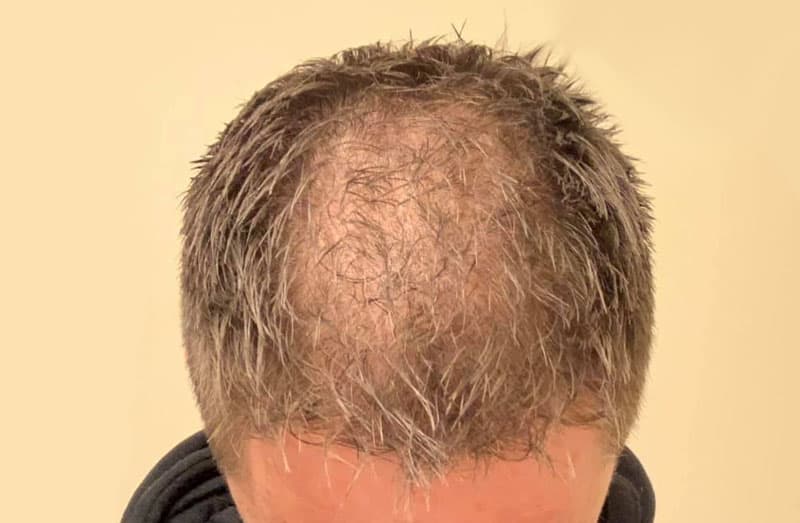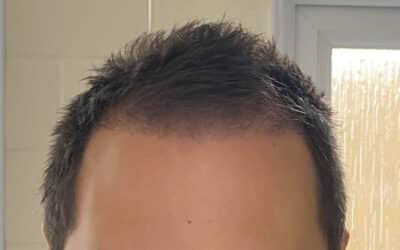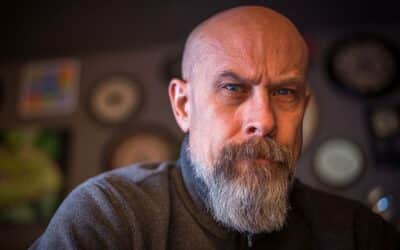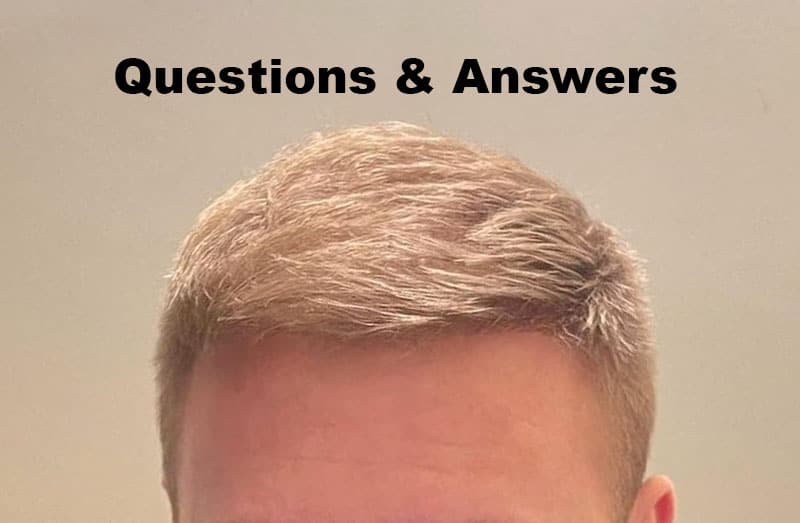Can You Fill in a Patchy Mustache?
Full facial hair has been having a moment lately. If you are struggling with a patchy mustache or beard, then chances are you’ve been searching for a solution that will help fill in your facial hair for a fuller look. Perhaps you’ve heard that classic old wives tale that says if you shave your face regularly, the hair will come in thicker and darker. Believe it or not, there is actually no evidence to support this claim, and frequent shaving may result in nothing more than razor burn.
Humans have had the desire to alter the appearance of their hair for the majority of recorded history. Ancient medical texts offer clues as to remedies that were employed for addressing patchy mustache in the past. The second-century ancient medical text “Galen: The Remedies Easily Procured” prescribed a combination of beet juice, myrtle oil, and maidenhair to anoint the hair.
Another popular remedy was a substance known as gum-ladanum which is a type of gum resin that is produced by a type of Arabian citrus shrubs. The gum was collected from the beards of male goats and combined with grapeseed oil for the purpose of encouraging increased growth of facial hair. While it is unlikely that gum collected from goatees will have much impact on improving the density of your facial hair, thanks to technological and medical advancements, we have other more effective solutions.
What Causes a Patchy Mustache in the First Place?
A patchy beard or mustache can occur for many reasons. Some contributing factors include age, sometimes facial hair is patchy when a person is very young and just starting to grow facial hair, and sometimes patchy facial hair occurs as people age. Other causes of patchy mustaches and beards include genetics, hormone levels, nutritional deficiencies, stress, or certain types of fungal infections. If you are experiencing sudden patchiness or hair loss from your beard or mustache, it is a good idea to bring this to your doctor’s attention, in order to ensure that you are not dealing with any serious underlying health issues.
One way to hide patchy facial hair is to grow your facial hair longer. Length of facial hair can help to cover thinner, patchier spots. Growing one’s facial hair out for a few weeks can also be helpful in terms of determining which areas of the face are most prone to patchiness, as well as being able to note your overall growth pattern. This may require patience and persistence as your facial hair grows through a bit of an awkward stage as it grows out.
If facial hair is patchy when a person is first starting to develop facial hair, oftentimes the situation just needs patience and a few years’ time to resolve itself. If the patchy facial hair is due to stress, lifestyle changes, or poor diet, improving the root causes while incorporating better beard care routines can be another approach to this problem. However, if you’ve already tried these solutions and you’ve found that they haven’t been working to your satisfaction, then it may be time to consider a more intensive approach.
How to Fix a Patchy Mustache
Facial hair transplantation is a surgical option that can address issues such as a patchy mustache or beard. A facial hair transplant works by extracting healthy hair follicles from other parts of the body, usually chest hair, or hair from the base of the scalp, and then implanting them into the face. It is a delicate process that requires an experienced surgeon. Each individual hair must be placed so that it grows in the correct direction, in order for the transplant to appear completely natural. On average, and depending on the individual a facial hair transplant could require between 2,000-5,000 grafts.
Follicular Unit Extractions
Follicular Unit Extraction (FUE) is primarily the method that is used for beard and mustache transplants. This is performed by extracting individual hair follicles using a micro punch tool. The hairs are extracted in a dispersed pattern throughout the donor area. This surgery is done in such a way that the scars will be completely invisible once the hair at the donor site has grown out.
FUE has a fast initial healing phase, around a week, with minimal discomfort. May patients are ready to return to work within a few days of surgery. You may experience a little bit of soreness or redness, and you may notice tiny crusts around each newly transplanted hair follicle. These will flake out after a few days. You will be given special aftercare instructions initially while your new grafts are healing. Refrain from using any harsh face wash or scrubs. Furthermore, you should refrain from swimming, smoking, and strenuous physical activity. You will be instructed to avoid direct sunlight. You will not be able to wear a facemask for a few days either, so you may want to schedule any errands or work obligations around your surgery and recovery. About ten days after surgery you will be able to start shaving normally or trimming your beard.
Be aware that about 3 months after your beard and mustache transplant that the newly transplanted hair will fall out. This is called shock loss. No need to worry. It’s completely normal. The old hairs must be shed in order to make way for the new hair growth. Within 6 months to a year after your transplant, your new facial will have grown in. This is a slow process that requires patience.
Follicular Unit Transplants
A surgeon may also choose to use Follicular Unit transplantation (FUT) for facial hair transplants. With this approach, the surgeon harvests the follicular grafts by cutting a horizontal strip of scalp out of the back of the head before removing the individual grafts from the extracted tissue. FUT is slightly more invasive and requires a longer healing time as the donor area requires suturing that must heal. FUE is most often employed when the transplant is meant to fill in small areas of patchiness in a mustache or beard. FUT is more appropriate when a large area on the face requires a facial hair transplant. With FUT the recovery process for the face is similar to FUE. However, it takes about two weeks before the sutures at the donor area can be removed.
Before scheduling your transplant your doctor will want you to come in for a consultation in order to be sure that you are a good candidate for this procedure. In order to have a successful hair transplant surgery, you must have plenty of healthy hair follicles available to transplant. The surgeon will examine your scalp to determine the viability of your hair follicles, discuss your health history, and desired goals. If it appears that you don’t have enough hair follicles to harvest for a transplant, your doctor may be able to recommend alternatives.
What Results Can I Expect After My Procedure?
Regardless of which procedure you get, you can expect to see results within 3 to 4 months after surgery. Between 9 months to a year after surgery, you should be enjoying a full, healthy mustache and beard, with any formerly patchy areas filled.
Both FUT and FUE produce natural-looking beards, but FUT beards tend to have a fuller appearance. This is because more follicles are usually harvested with the strip method is employed. It is rare for a beard or mustache transplant to be unsuccessful. Failed surgeries are often the result of a failure to follow proper aftercare instructions. This is why it is essential to research any potential surgeons you are considering for this procedure.
The average cost of a facial hair transplant ranges between $3,000-$7,000. This depends on the number of grafts required. If you are just filling in a few small patches in your mustache it may be a little less. Many hair clinics price their services per graft. At your initial consultation, you will be able to get an estimate for your surgeon.
SUFFERING FROM HAIR LOSS?
Best Hair Transplant is the best place to schedule your hair transplant in Los Angeles. We’ve helped both men and women regrow their lost hair. But don’t take our word for it. We suggest learning as much as possible about hair restoration. Do so prior to making a decision on how to address your hair loss. Not every procedure is right for everyone.
At Best Hair Transplant, we’re proud of our results and happy to provide hair restoration services. Additionally, we’re proud to make hair transplants affordable and help you save money on a variety of hair transplants.
To ensure your ease of mind, you can view our customer recommendations HERE. Furthermore, you can also see our Google reviews and Yelp reviews. We can’t wait to help you start restoring your lost hair.
YOUR HAIR RESTORATION SOLUTION
Best Hair Transplant
1970 S. Prospect Ave., Suite 2
Redondo Beach, CA 90277
(213) 403-0455
References:
- https://www.healthline.com/health/beard-implants#implant-alternatives
- https://recipes.hypotheses.org/5691

